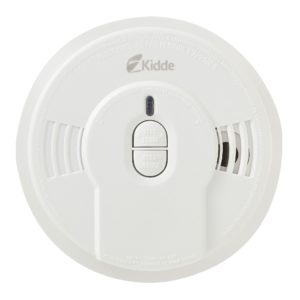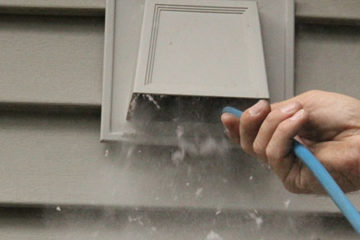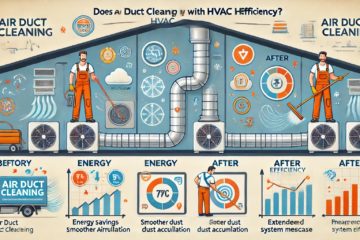Three Detectors Every Home Should Have
Carbon Monoxide Detector
 Carbon monoxide detector: Carbon monoxide is produced when fuels such as natural gas, propane, oil, and wood are burned. It is often called the “silent killer” because it is odourless, tasteless, and colourless, making it difficult to detect without a CO detector. Symptoms of CO poisoning include headache, dizziness, weakness, nausea, and chest pain. If you are exposed to high levels of CO, you may lose consciousness and can even die. A CO detector can alert you to the presence of this gas and allow you to take action to protect yourself and your family.
Carbon monoxide detector: Carbon monoxide is produced when fuels such as natural gas, propane, oil, and wood are burned. It is often called the “silent killer” because it is odourless, tasteless, and colourless, making it difficult to detect without a CO detector. Symptoms of CO poisoning include headache, dizziness, weakness, nausea, and chest pain. If you are exposed to high levels of CO, you may lose consciousness and can even die. A CO detector can alert you to the presence of this gas and allow you to take action to protect yourself and your family.
Smoke Detector
 Smoke detector: Smoke detectors are essential for detecting fires and alerting you to the presence of smoke. It is important to have smoke detectors on every level of your home and in every bedroom, as well as outside each sleeping area. Smoke detectors should be tested regularly, and the batteries should be replaced as needed. In the event of a fire, a smoke detector can provide early warning and give you and your family time to evacuate the house.
Smoke detector: Smoke detectors are essential for detecting fires and alerting you to the presence of smoke. It is important to have smoke detectors on every level of your home and in every bedroom, as well as outside each sleeping area. Smoke detectors should be tested regularly, and the batteries should be replaced as needed. In the event of a fire, a smoke detector can provide early warning and give you and your family time to evacuate the house.
Radon Detector
 Radon detector: Radon is a radioactive gas produced by the natural decay of uranium in the soil. It can seep into your home through cracks and gaps in the foundation and accumulate to dangerous levels. Long-term exposure to high levels of radon can increase the risk of lung cancer. A radon detector can help you determine if the levels of radon in your home are safe. If the levels of radon in your home are found to be high, there are steps you can take to reduce the levels, such as sealing cracks in the foundation and increasing ventilation.
Radon detector: Radon is a radioactive gas produced by the natural decay of uranium in the soil. It can seep into your home through cracks and gaps in the foundation and accumulate to dangerous levels. Long-term exposure to high levels of radon can increase the risk of lung cancer. A radon detector can help you determine if the levels of radon in your home are safe. If the levels of radon in your home are found to be high, there are steps you can take to reduce the levels, such as sealing cracks in the foundation and increasing ventilation.
By having these three detectors every home should have, you can protect yourself and your family from potential dangers and ensure a safe living environment. It is important to follow the manufacturer’s instructions for installing and maintaining these detectors to ensure they are working properly.



